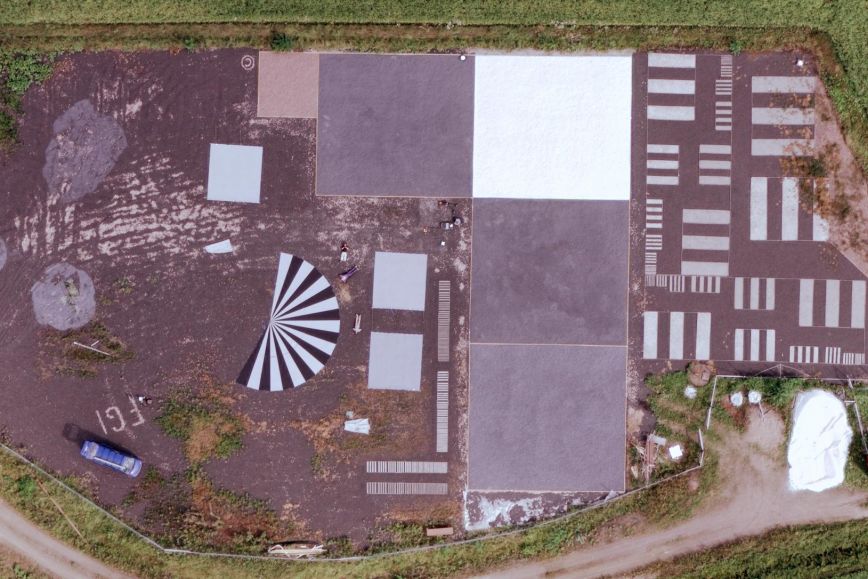While the use of drones continues to expand to new societal areas, cooperation between organisations and new test areas have been required to test new technologies and convert them into business.The Finnish UAV Ecosystem (FUAVE) project, closed at the end of last year, responded to these requirements, bringing 85 organisations from companies to authorities and research organisations together in its ecosystem.
‘Our key goal was to bring Finland’s drone organisations together. There is an ongoing need for cooperation, as the number and use of drones are increasing. We need both regulations and cooperation between organisations to facilitate the use of drones in society and research, and to develop new business,’ says Eija Honkavaara, Research Professor at the Finnish Geospatial Research Institute (FGI) of the National Land Survey of Finland (NLS), and Director of the FUAVE consortium.
Airspace for arctic conditions, agriculture and science
As a result of cooperation, new drone services can now be tested in six test areas in Finland. The two areas in Oulu specialise in test flights in arctic conditions. The Helsinki East Aerodrome in Pyhtää focuses on drone logistics in sparsely populated areas.
The test areas offer a platform to develop future drone technologies. The test area in Vihti focuses on the use of drones in agriculture. In Sjökulla, self-flying drones and flights beyond the visual line of sight (BVLOS) can be tested. In addition, the test area enables testing the operations of swarms of several drones. The test area in Evo focuses on forest research, with Lidar and hyperspectral imaging technologies helping produce even more accurate information about forests.
The test areas were established in cooperation with several stakeholders, including the Finnish Transport and Communications Authority (Traficom), other airspace users, equipment manufacturers and local authorities. In the test areas, drones can be operated safely and in compliance with regulations.
‘Establishing the test areas was a massive undertaking, and we would like to thank all members of the ecosystem for their active cooperation and enthusiasm in their development,’ says Honkavaara.
Cooperation continues
The productive cooperation between Finland’s drone organisations will continue after the FUAVE project in terms of research and in the test areas, in which new technologies and innovation can be tested now and in the future. The test areas also act as a central platform for drone-based remote sensing research, in which Finland leads the way internationally in scientific impact.
The FUAVE project was carried out between 2020 and 2022, receiving funding of approximately EUR 1.7 million from the Academy of Finland. Other members of the FGI-led research consortium were VTT Technical Research Centre of Finland, Oulu University, Oulu University of Applied Sciences, and South-Eastern Finland University of Applied Sciences.
More information
FUAVE website www.fuave.fi
Eija Honkavaara, Research Professor, FGI, +358 29 531 4716, firstname.lastname@nls.fi
Hannu Karvonen, Senior Scientist, Project Manager, VTT, +358 40 0216 396, firstname.lastname@vtt.fi
Juha Röning, Professor, Oulu University, +358 40 5181621 , firstname.lastname@oulu.fi
Kimmo Paajanen, Project Manager, Oulu University of Applied Sciences, +358 40 661 2871, firstname.lastname@oamk.fi
Tomi Oravasaari, Director of Research Unit, South-Eastern Finland University of Applied Sciences Xamk, +358 44 702 8289,
firstname.lastname@xamk.fi


